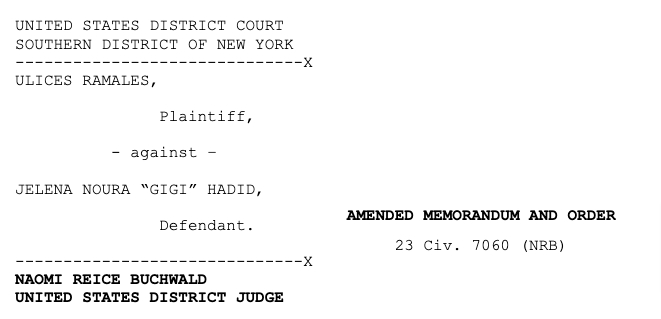We defend against copyright infringement demands and lawsuits all the time, whether it be the demand letter from Higbee & Associates or PicRights, the lawsuit filed by Copycat Legal, or an action filed/threatened by myriad other copyright rights associations and plaintiff firms. As I have stated elsewhere, there are two major missteps to avoid: (1) Ignoring the demand or lawsuit altogether; and (2) Paying whatever the law firm or rights association demands of you. Instead, it is wise to speak with a seasoned copyright law firm, such as Heitner Legal, to explore what your next steps should be.
As always, if you find yourself in a situation where you are confronted by a copyright infringement demand or lawsuit, then feel free to reach out to us. We keep all communications confidential and do not charge for initial consultations.
One of the reasons why it is so important to not only seek legal counsel upon receiving a copyright infringement demand or lawsuit but also a seasoned copyright lawyer is because someone who lives in this space is going to stay on top of the latest happenings and results that can put you in the best position possible. For instance, not many lawyers know about the decision in Ulices Ramales v. Jelena Noura “Gigi” Hadid, which can play an important role in a damages calculation, particularly for cases that are brought in the Second Circuit.
Sometimes, we focus solely on strong defenses such as fair use or the applicable statute of limitations. Other times, we want to strictly focus on the reasonable amount of damages that could be awarded should a matter be tried and/or the ability of the alleged infringer to pay out. After all, collectibility should be an important consideration for any plaintiff and his/her/its law firm.
The Ramales v. Hadid case is instructive as to damages. In that matter, the court noted that the plaintiff sought $30,000 in statutory damages, which is the highest in the range of what is awardable for what is deemed to be “innocent infringement.” But this statutory maximum is typically reserved for “truly egregious conduct,” and that is rarely true in these cases.
In the Second Circuit, courts are guided by the following factors: (1) the infringer’s state of mind; (2) the expenses saved, and profits earned, by the infringer; (3) the revenue lost by the copyright holder; (4) the deterrent effect on the infringer and third parties; (5) the infringer’s cooperation in providing evidence concerning the value of the infringing material; and (6) the conduct and attitude of the parties.
When the plaintiff cannot show that the defendant infringed for any commercial use or earned any profits from the use, then it makes it much harder for the plaintiff to succeed in receiving an amount anywhere near the top of the range of damages that can be awarded under the Copyright Act.
Importantly, as stated by the court in Ramales v. Hadid, “It is common for courts to tether their assessment of statutory damages to the copyright owner’s loss of the fair market value of his licensing fees.” When the plaintiff chooses not to provide evidence regarding lost licensing fees or revenue it makes it impossible for the court to use it as a basis and brings damages closer to the statutory minimum of $750.
Ultimately, even though Hadid didn’t defend against the action, the court only awarded the plaintiff $3,000 instead of the $30,000 requested.
Again, if you have any questions about your particular situation then do not hesitate to reach out to us.

